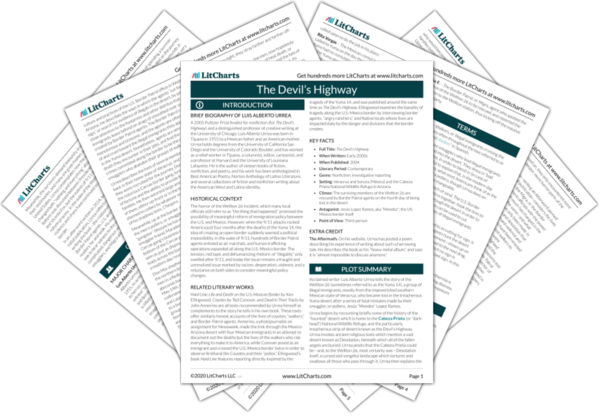The Yuma 14, and the public attention their story received, was important, but the often just-as-horrific stories that continue to unfold along the border each and every day are just as important and just as worthy of attention. The Yuma 14’s deaths were a major opportunity for reform and rebuilding, but instead of leading to lasting change, violence has, if anything, gotten even worse.
